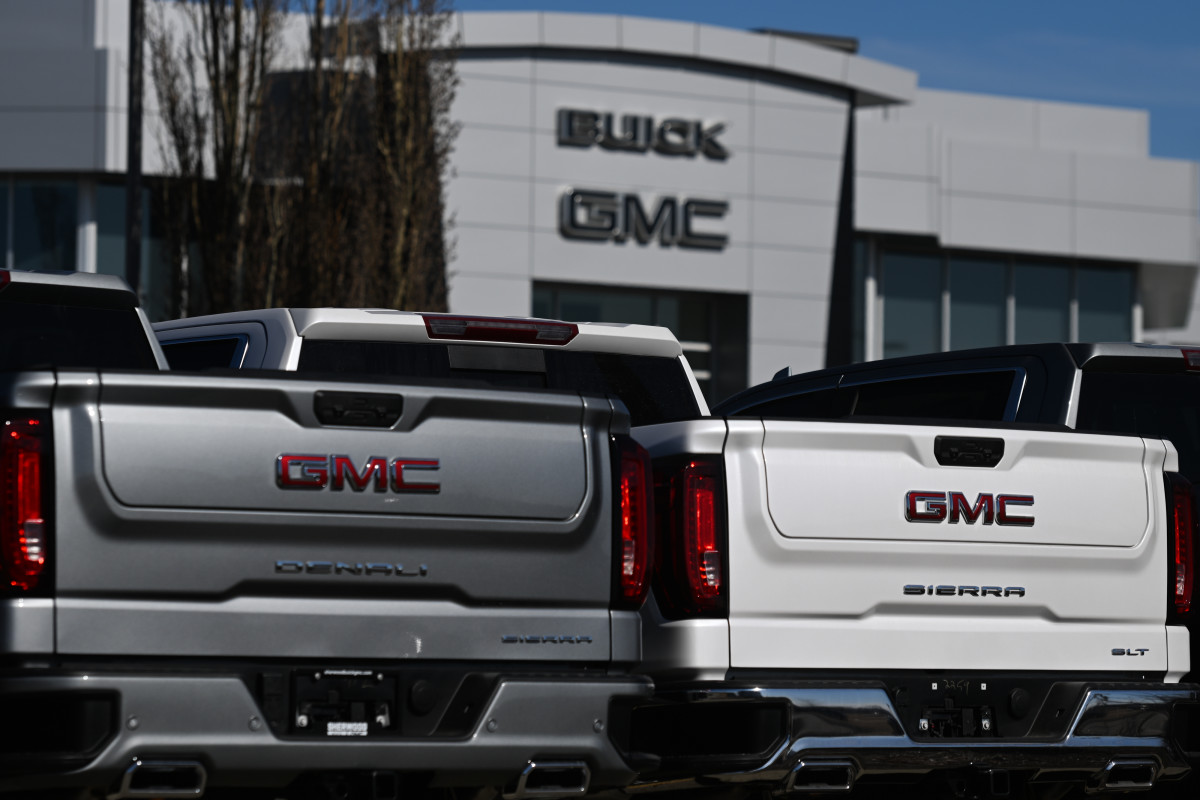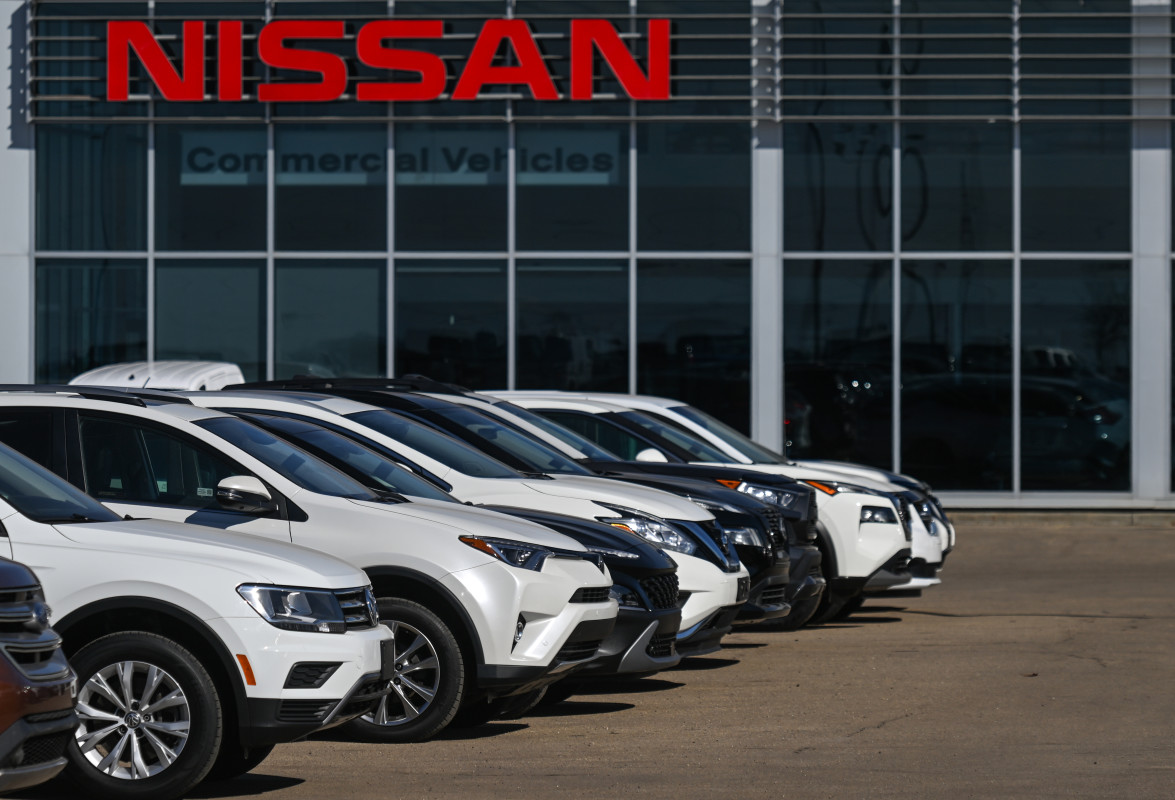Current Car Market

The latest insights from Cox Automotive highlight a tricky period for car dealers as new vehicle inventories took a dive in April, dipping by 7.4% compared to March. By the dawn of May, dealerships across the U.S. had about 2.49 million cars on their lots, down from 2.69 million just a month prior—an overall decline of 10.5%. Typically, spring sparks an uptick in car sales, but this year’s new car flow isn’t keeping pace due to reduced production and delivery from manufacturers, partly due to tariff uncertainties. These changes have led many automakers to pull back their financial predictions for 2025. For those hunting for new wheels, this means facing fewer options, diminished deals, and heftier price tags.
Price Trends

As automakers gear up to roll out their 2026 models, they are also expected to adjust prices upwards in response to tariffs. According to J.D. Power, new vehicle sales did see a bump of 10.5% in April year-over-year. Without accounting for an extra selling day, that figure climbs to 14.9%. However, the buzz to buy before tariff hikes is leading to a likely slowdown in sales post-April. Mid-April boasted a sales spurt, but the enthusiasm dwindled by month’s end. For the end of April, the average price for a new vehicle shot up to $48,656, reflecting a 1.6% rise from $47,882 earlier in the month, and a substantial leap of 2.8% or $1,318 from the previous year.
How Brands Compare
Not all brands were hit the same. BMW, Buick, Mitsubishi, and Dodge witnessed price drops in April. On the flip side, brands like RAM, Lincoln, and Cadillac saw their prices edge upward considerably. And what’s more, incentives from dealers on new car purchases shrank down to 6.7% of transaction values, a descent of 7% from March.
Inventory Insights
Understanding which brands have more cars in stock can be a game-changer. Toyota and Lexus found themselves with the leanest inventories, around 29 and 25 days, respectively, while brands like RAM, Mitsubishi, Infiniti, and Land Rover boasted over a hundred days’ worth of vehicles. Meanwhile, Ford’s already nudged up prices on Mexico-built favorites like the Bronco Sport, Maverick, and Mustang Mach-E due to tariffs. Subaru joined the club, too, announcing tariff-related price hikes.
Final Thoughts
Navigating the bumpy landscape of new car shopping demands a good grasp of the numbers. Brands sitting on larger inventories might offer cars that dodge the early tariff impacts, translating into potential savings. The import-heavy automakers, Audi for instance, may lead the charge in raising prices sooner. While inventory shortages might not mean missing out on a desired model, specific features or color options could prove elusive. Understanding these dynamics could give buyers the extra edge needed to make informed, financially sound decisions in this unpredictable market.
Musk Stays On at Tesla
2026 Honda CR-V Debuts
Mokka GSE Hits Dirt
Jaguar Stays British
Tesla Model S Update